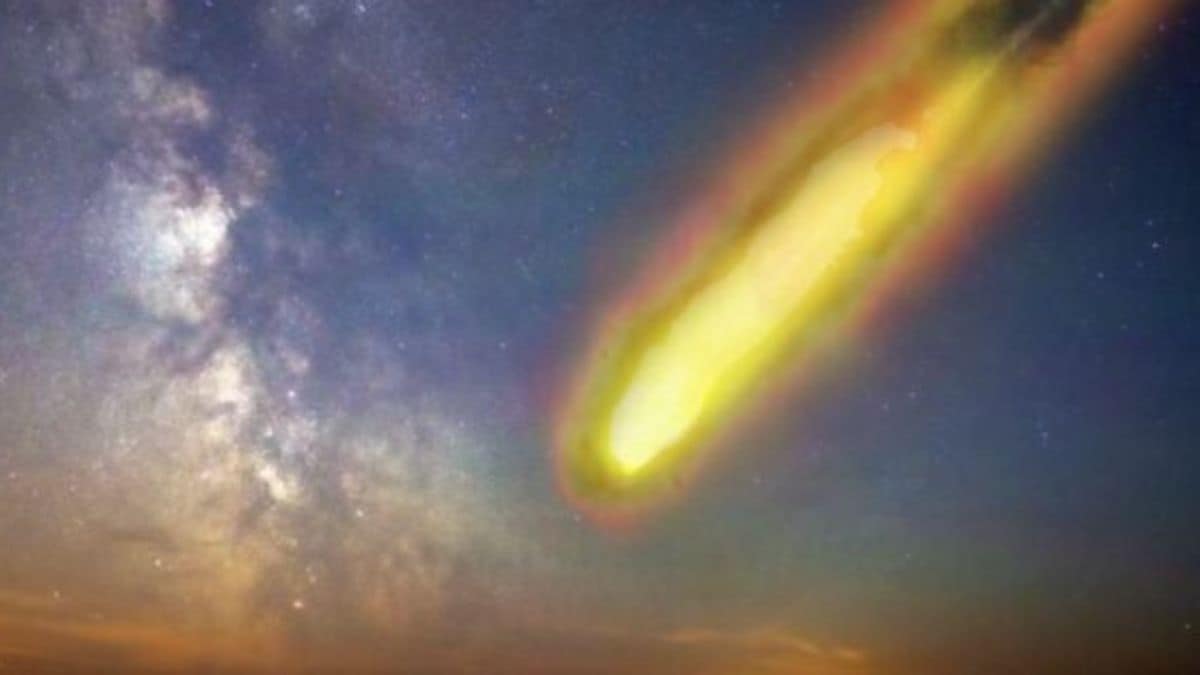Scientists have, for the first time, precisely dated when microbial life re-established itself in an ancient meteorite crater. A team at Linnaeus University in Sweden found chemical evidence that bacteria colonized the 78-million-year-old Lappajärvi crater in western Finland soon after a meteorite impact created it. Using radioisotope dating of mineral-rich deposits, the researchers show these microbes thrived in the crater's fractured hydrothermal system. The finding suggests that even meteorite impacts can create long-lived habitats for life. The study is published in Nature Communications.
Life in the Lappajärvi Crater
According to the study, using radiometric dating and isotopic analysis, the team established a timeline for the crater's biosphere. They dated mineral veins to about 73.6 million years ago (roughly 4–5 Myr after impact), when the subsurface had cooled to ~47 °C. These veins include pyrite (iron sulfide) crystals with unusually low levels of the heavy sulfur-34 isotope – a hallmark of microbial sulfate reduction. About 10 Myr after impact, later minerals contained isotopic clues to microbial methane cycling. Together, the chemical signatures confirm a deep microbial ecosystem thriving in the cooling crater long after the collision.
New direction in astrobiology research
According to the team, the results open a new window in astrobiology. Lead author Henrik Drake notes this provides the first geochronological link between microbes and an impact event, showing craters can remain habitable long after they form. Co-author Gordon Osinski adds that earlier evidence only hinted at crater life, but this study pins down exactly when it occurred. The researchers also point out that similar hydrothermal craters on Mars, Europa or other worlds might likewise harbor life. In other words, a planet's violent impact history could paradoxically foster life over the long term.

Comments
Post a Comment